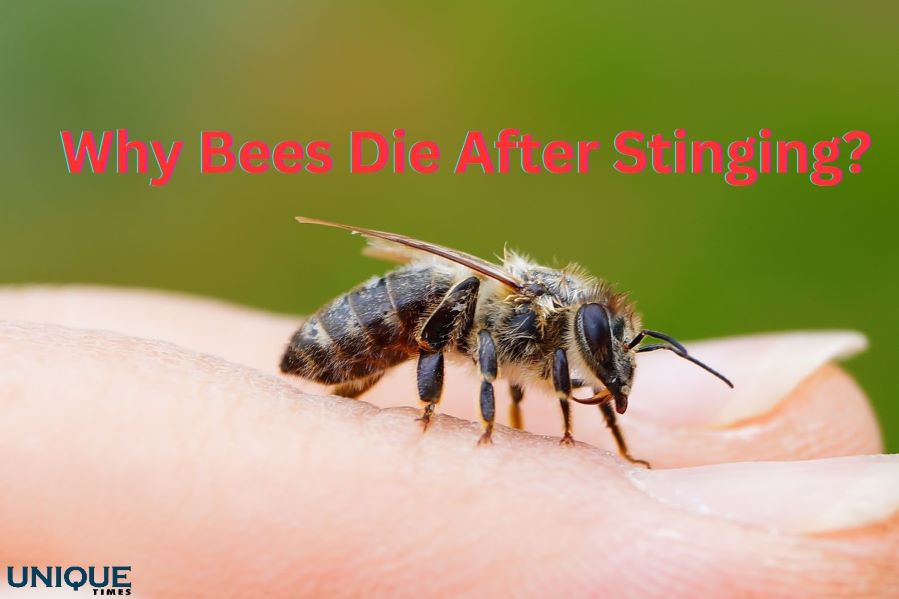The Sting of Nature: Why Bees Die After Stinging

The world of bees, with its intricate hive structures and complex social dynamics, has long been a subject of fascination. One question that often arises is why bees die after stinging. In this blog, we unravel the biology and behavior behind this phenomenon, shedding light on the sting of nature.
1. The Anatomy of a Bee’s Sting
A bee’s stinger is a modified egg-laying organ called an ovipositor. In worker bees, this organ has evolved into a defensive weapon. It consists of two barbed lancets, which pierce the skin, and a venom sac connected to a venom gland.
2. Defensive Instinct
Bees are not naturally aggressive, but they are highly protective of their hive and queen. When they perceive a threat, they react defensively. The act of stinging is a last-resort defense mechanism to protect the colony.
3. Barbed Stingers
The barbed stingers of honeybees are designed for one-time use. When a bee stings, the lancets and venom sac become embedded in the victim’s skin. This detachment is what ultimately leads to the bee’s demise.
4. Self-Amputation
As the bee attempts to pull away after stinging, its stinger is torn from its abdomen. This self-amputation is a result of the barbs on the stinger. The bee leaves behind not only its stinger but also a part of its abdomen and digestive tract.
5. Venom Injection
During the sting, the bee injects venom into the victim. This venom contains various substances, including histamine and enzymes, which can cause pain, swelling, and allergic reactions in humans.
6. Mortal Consequences
The act of stinging and subsequent self-amputation has lethal consequences for the bee. With its stinger torn away, the bee sustains irreversible damage to its abdomen and vital organs. This leads to its eventual death.
7. The Sacrifice for the Colony
A bee’s ultimate sacrifice—its life—serves the greater good of the colony. By deterring potential threats through stinging, bees protect their hive, queen, and fellow colony members.
8. Variations in Sting Mortality
It’s worth noting that not all bee species die after stinging. Honeybees, with their barbed stingers, are the most common examples of bees that exhibit this behavior. Other bee species, such as bumblebees, have smoother stingers and can sting multiple times without self-amputation.
Conclusion
The question of why bees die after stinging is a testament to the intricacies of nature. It’s a stark reminder of the selflessness displayed by these remarkable insects in defending their colonies. While the act of stinging is a last resort for bees, it highlights the complex web of biology, behavior, and self-sacrifice that characterizes the world of bees.
Picture Courtesy: Google/images are subject to copyright








